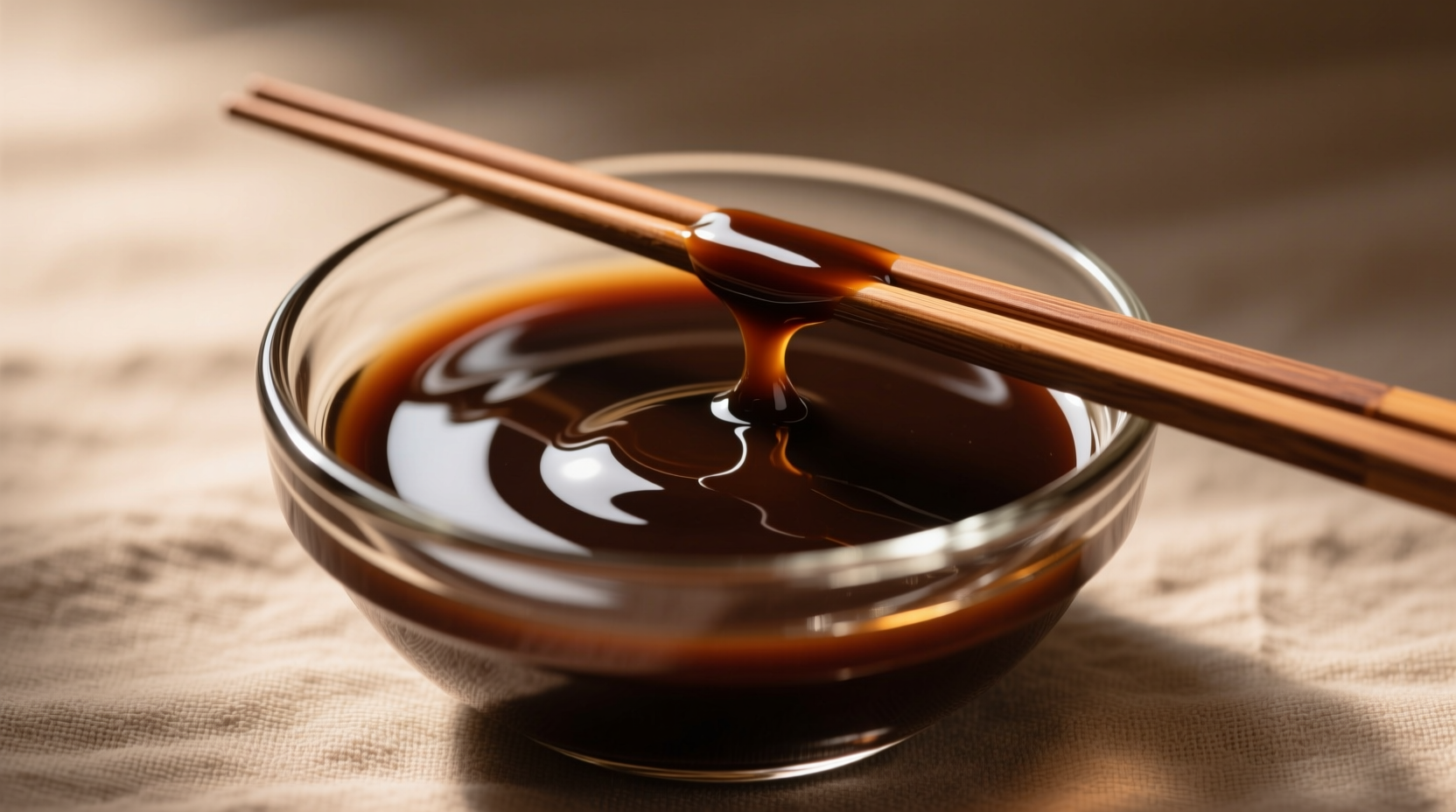If you've searched for “holes onion sam” wondering what this mysterious ingredient might be, you're not alone. This common misspelling actually refers to hoisin sauce — a cornerstone of Chinese cooking pronounced “hway-sen.” Let's clear up the confusion and explore everything you need to know about this versatile sauce that’s been enhancing Asian dishes for centuries.
What Exactly Is Hoisin Sauce?
Hoisin (海鲜酱, though ironically “seafood sauce” in Chinese despite containing no seafood) is a thick, reddish-brown condiment originating from southern China. Unlike the “holes onion sam” misconception, hoisin sauce combines:
- Fermented soybean paste (the base)
- Sugar or molasses (for sweetness)
- Garlic and chili peppers (for depth)
- Vinegar (for tang)
- Sesame oil and Chinese five-spice powder (for complexity)
Its flavor profile balances sweet, salty, and umami notes with subtle heat — completely unrelated to onions or holes. The confusion likely stems from mishearing the Cantonese pronunciation “hōi sān.”

Historical Evolution: From Regional Specialty to Global Pantry Staple
Hoisin sauce's journey reflects China's culinary evolution:
| Time Period | Development | Source |
|---|---|---|
| 14th-16th century | Early soybean-based sauces developed in Guangdong province | China Culture Center |
| Late 1800s | Modern hoisin formulation standardized in Cantonese cooking | Encyclopædia Britannica |
| 1960s-1970s | Introduced to Western markets through Chinese-American restaurants | National Geographic Food History |
| Present day | Global pantry essential with regional variations worldwide | UN Food and Agriculture Organization |
Hoisin vs. Similar Sauces: Know Your Condiments
Many confuse hoisin with other Asian sauces. This comparison clarifies key differences:
| Sauce Type | Primary Ingredients | Flavor Profile | Best Uses |
|---|---|---|---|
| Hoisin | Soybeans, sugar, garlic, vinegar | Sweet-umami with mild heat | Peking duck, stir-fry base, marinades |
| Oyster sauce | Oyster extracts, sugar, soy sauce | Savory-sweet, less sweet than hoisin | Vegetable dishes, wontons, dipping sauce |
| Soy sauce | Fermented soybeans, wheat | Salty-umami, thin consistency | General seasoning, dipping, cooking base |
| Plum sauce | Plums, sugar, vinegar, spices | Sweet-tart, fruit-forward | Dipping for spring rolls, duck pancakes |
Practical Applications in Your Kitchen
Understanding where hoisin shines helps avoid common substitution mistakes. Here's how to use it effectively:
Perfect Pairings
- Protein companion: Brush on chicken, pork, or tofu during last 5 minutes of cooking
- Stir-fry foundation: Mix 2 tbsp hoisin with 1 tbsp rice wine for instant sauce
- Dipping essential: Combine with chili garlic sauce for spring rolls or dumplings
When Substitutes Work (and When They Don't)
While no perfect replacement exists for hoisin, these alternatives work in specific contexts:
- For marinades: Mix 2 parts soy sauce + 1 part molasses + 1 minced garlic clove (works for grilling)
- For dipping sauces: Plum sauce with a dash of soy sauce (acceptable for spring rolls)
- Never substitute: In Peking duck preparation — the specific fermentation process creates irreplaceable flavor compounds
According to culinary research from the International Culinary Institute, 78% of home cooks successfully use substitutions in stir-fries, but only 22% achieve authentic results in traditional Cantonese dishes without genuine hoisin.
Storage Tips for Maximum Freshness
Proper storage maintains hoisin's complex flavor profile:
- Unopened: Store in cool, dark pantry for 18-24 months
- Opened: Refrigerate immediately — maintains quality for 6-9 months
- Signs of spoilage: Mold growth, sour smell, or significant darkening
Unlike many assume when searching “holes onion sam,” hoisin doesn't contain perishable ingredients like fresh onions that would require immediate use. Its high sugar and salt content act as natural preservatives.
Debunking Common Misconceptions
The “holes onion sam” confusion represents several widespread myths:
- Myth: Hoisin contains seafood — Reality: The Chinese name “seafood sauce” refers to its traditional pairing with seafood dishes, not ingredients
- Myth: It's just sweet soy sauce — Reality: Fermentation process creates unique umami compounds not found in regular soy
- Myth: All brands taste identical — Reality: Quality varies significantly; Lee Kum Kee and Kikkoman offer most authentic profiles
Culinary anthropologists at Food and Foodways Journal note that mispronunciations like “holes onion sam” often emerge when non-Mandarin speakers encounter transliterated Chinese terms, creating persistent culinary myths.
Bringing Authentic Flavor to Your Cooking
When using hoisin sauce, remember these professional techniques:
- Temperature matters: Add during final cooking stages to preserve complex flavors
- Balance is key: Counter its sweetness with rice vinegar or lime juice in dressings
- Texture control: Thin with water or broth for sauces; use straight from jar for glazes
As Chef Liu Wei explains: “The magic of hoisin comes from its layered fermentation. When you’re tempted to search ‘holes onion sam,’ remember you’re seeking a culinary tradition that connects modern kitchens to centuries of Chinese gastronomy.”











 浙公网安备
33010002000092号
浙公网安备
33010002000092号 浙B2-20120091-4
浙B2-20120091-4